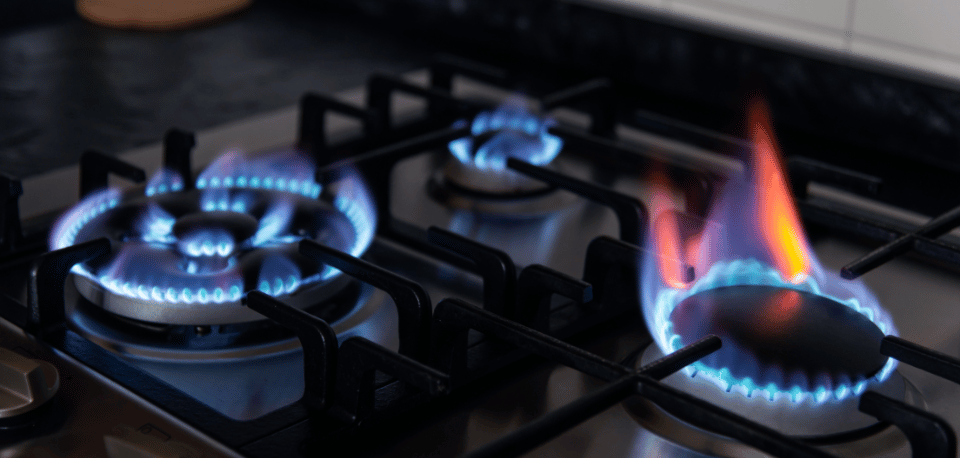Heat flow rate
Heat flow rate [mW]
– a thermophysical property
The heat flow is the measurement of the energy transfer, which is caused by a temperature difference and leads to the temperature balance between substances. In this context, the energy is called heat.
The amount of heat that passes from one substance to another per unit of time, is the heat flow with the unit of measure Joule per second [J/s].
This is the unit of measure Watts [W] that is commonly used to indicate power.

The processes in which heat is transferred take place as heat conduction (conduction), heat flow (convection) or heat radiation (radiation).
- Heat conduction is the transport within solid bodies or between bodies that touch each other.
- Heat flow occurs when liquid or gaseous media move through pipes, for example, taking their heat with them.
- The heat radiation consists of electromagnetic waves in the infrared range.
- The process of transferring heat from one fluid through one wall to another fluid is called heat transfer
Each process is described by its own formula, with which the heat flow can be calculated.
In engineering the heat flow rate is needed for the calculation of heat losses, for the design of heat exchangers and for the determination of the energy requirements for cooling and heating. The formulas used contain purely empirically determined substance sizes, which only approximately reproduce the actual property of the medium.
The fabric sizes are also temperature-dependent and change during the processes under consideration. That is why measuring instruments with heat flow sensors are used for accurate results. The heat flow sensors exploit thermoelectric effects. During the measurement, electrical variables are detected that change as defined by the heat flow and thus allow conclusions about the heat flow.
